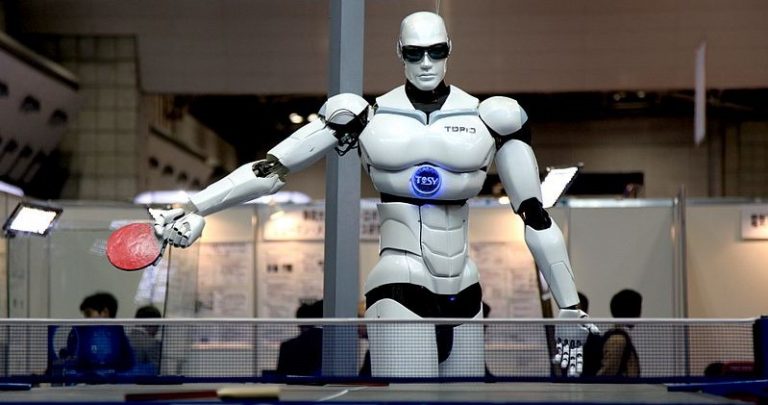The rise of the machines has well and truly started. Data from the International Federation of Robotics reveals that the pace of industrial automation is accelerating across much of the developed world with 74 installed industrial robots per 10,000 employees globally in 2016. By 2020, that increased to 113 across the manufacturing sector. Asia now has a robot density of 118 units per 10,000 workers and that figure is 114 and 103 in Europe and the Americas, respectively. China is one of the countries recording the highest growth levels in industrial automation but nowhere has a robot density like South Korea.
also read
Second Covid-19 tests on 12 crew members of Mein Schiff cruise ship come back negative
Dana Hamm has millions of followers for good & obvious reasons (photos)
In 2019, South Korea had 855 installed industrial robots per 10,000 employees. That is mainly due to the continued installation of high volume robots in the electronics and electric sectors. Germany and Japan are renowned for their automotive industries and they have density levels of just around 350 per 10,000 workers. Interestingly, Japan is one of the main players in industrial robotics, accounting for over half of the global supply.
In the United States, the pace of automation is slower with a density rate of 228. China is eager to expand its level of automation in the coming years and it has been targeting a place in the world’s top-10 nations for robot density by 2020. It had a density rate of 25 units in 2013 and that grew to 97 by 2017. In 2019, that figure had grown quite considerably once again to 187.
source statista
You will find more infographics at Statista
Ask me anything
Explore related questions






